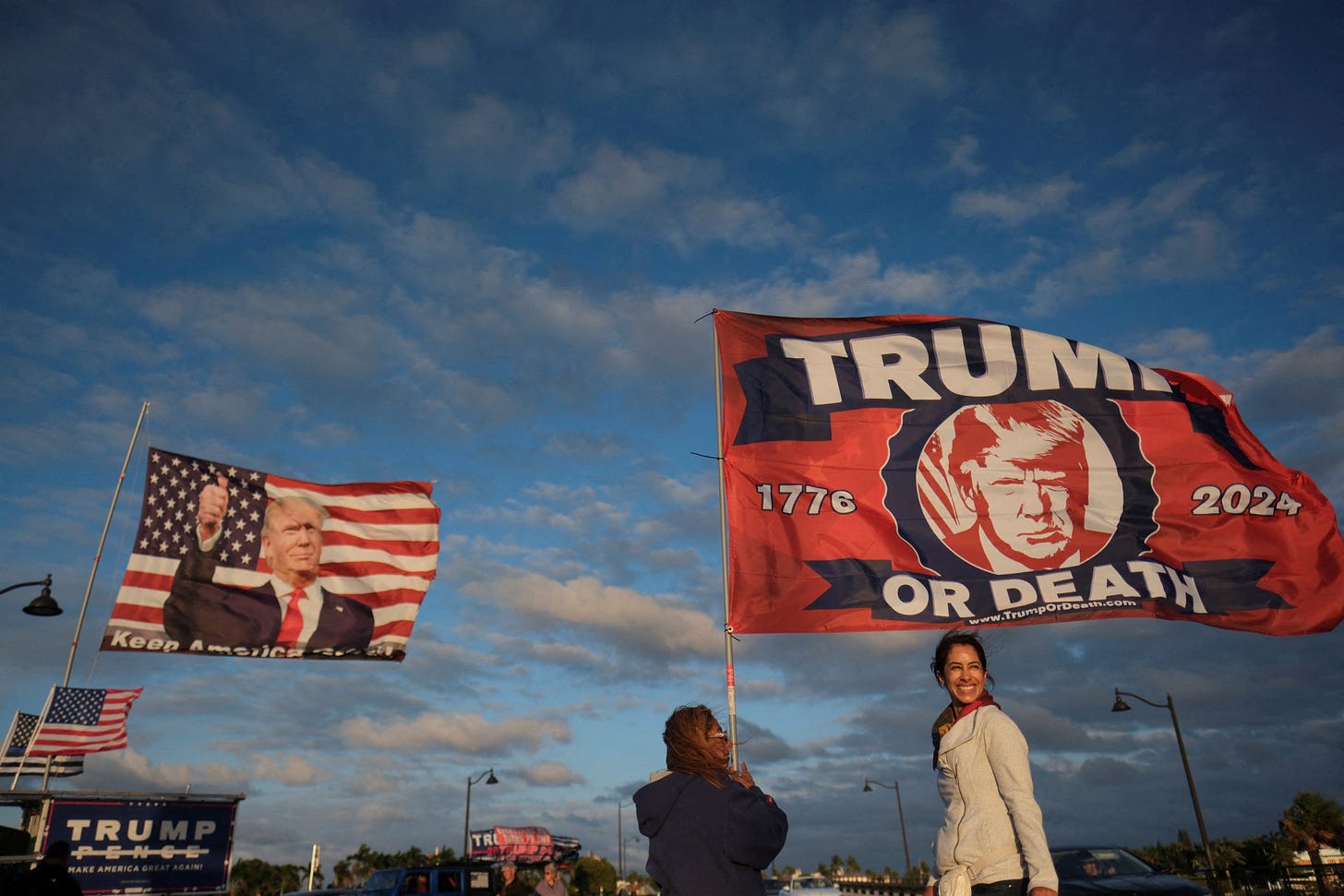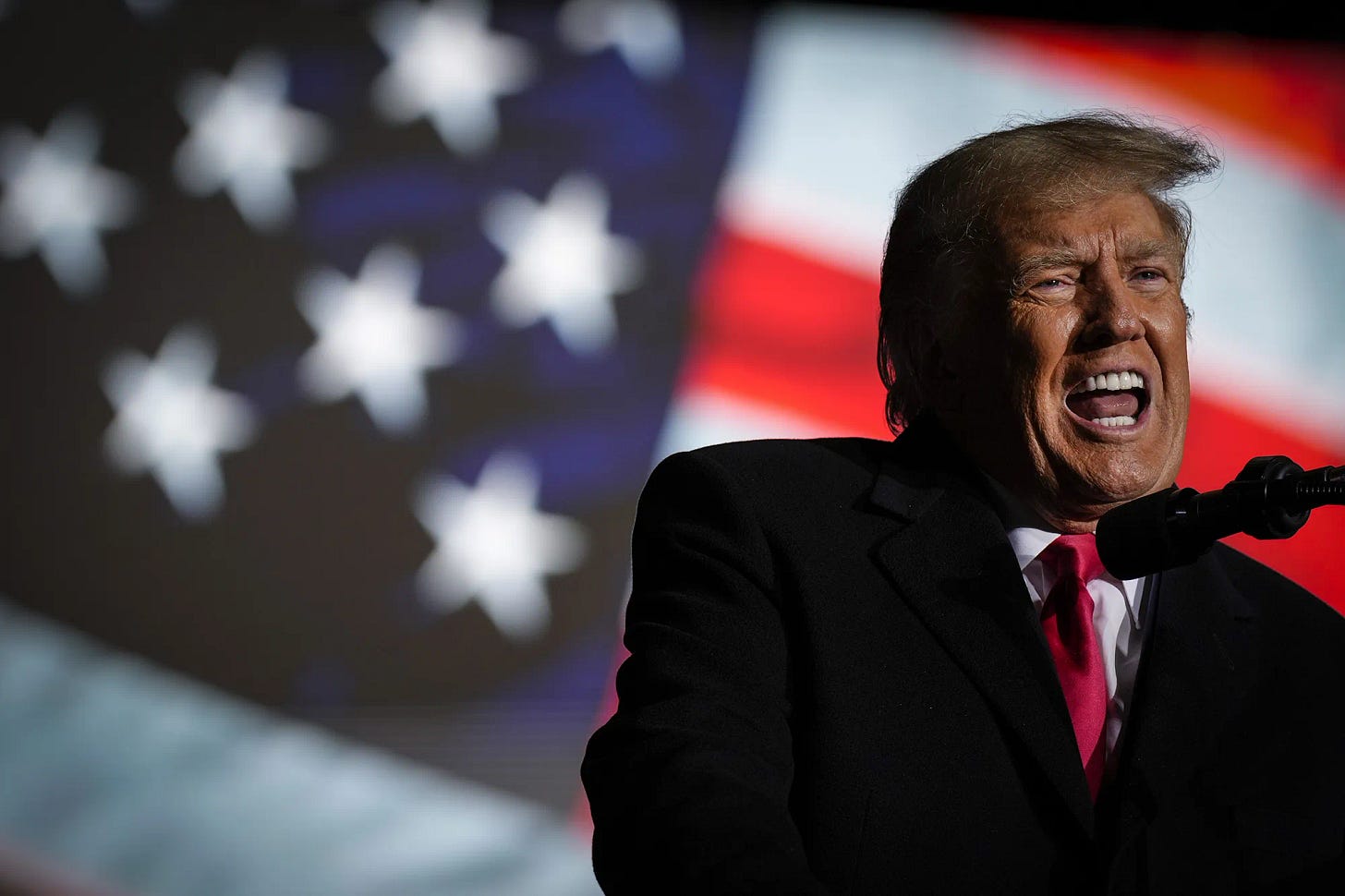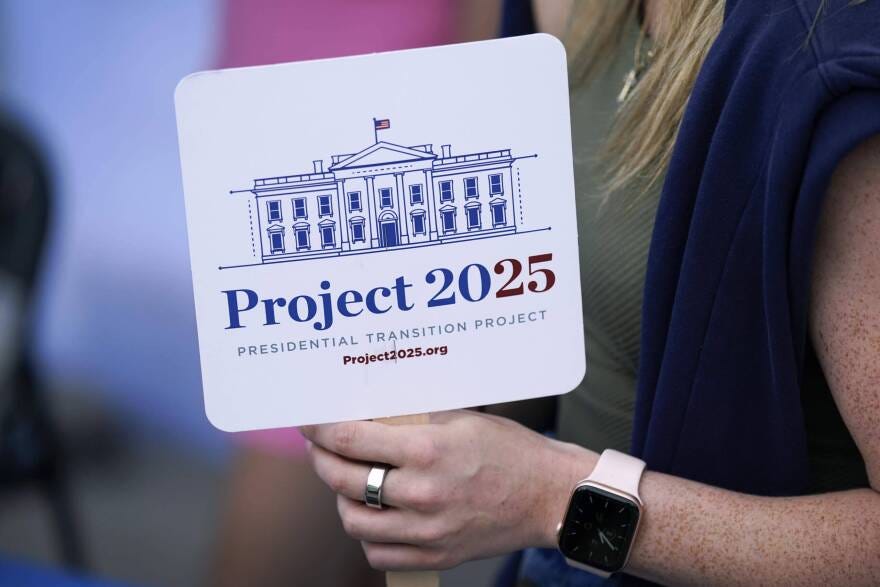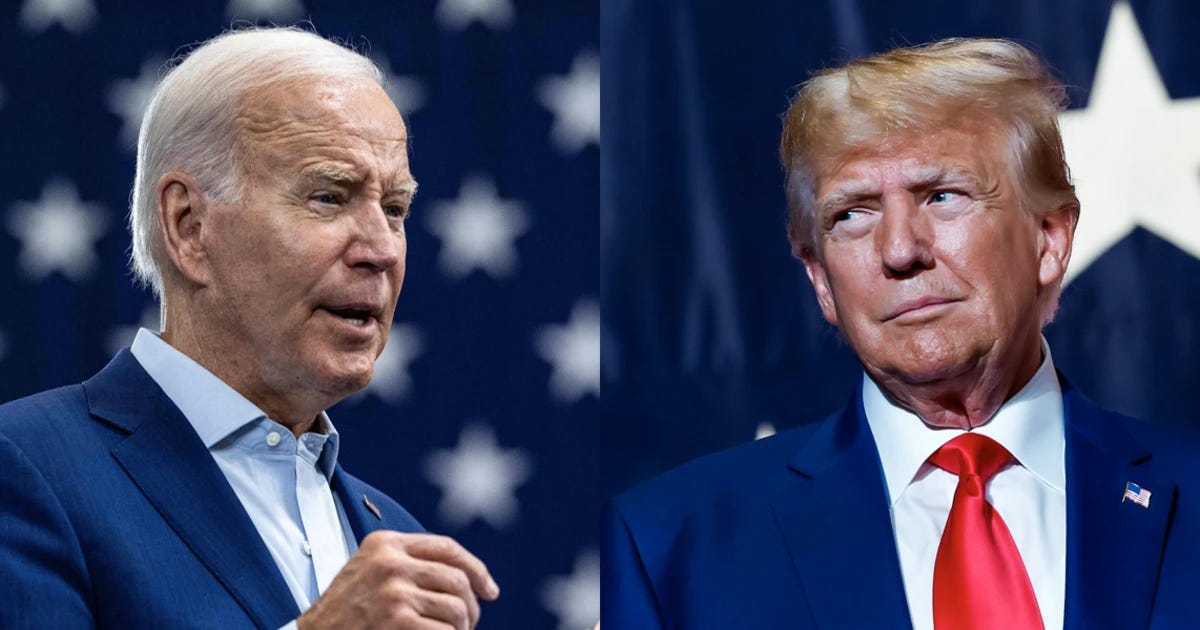Why A Second Trump Term Will Be More Radical Than The First
Since losing power in 2020, Trump has made no attempts to moderate his rhetoric; instead, he has doubled down on his flirtation with despotism.
Mr. Trump’s violent and authoritarian rhetoric on the 2024 campaign trail has attracted growing alarm and comparisons to historical fascist dictators and contemporary populist strongmen. In recent weeks, he has dehumanized his adversaries as “vermin”, arguing that they must be “rooted out,” declared that immigrants are “poisoning the blood of the country,” encouraged the shooting of shoplifters, and suggested that the former chairman of the Joint Chiefs of Staff, Mark Milley, deserves to be executed for treason.
Most of this rhetoric is not dissimilar to the one espoused during the 2020 Presidential Campaign, where he referred to Democratic-run cities as ‘ghettos’ and suggested that civilians in urban centres should embrace vigilante justice in response to the riots engulfing the country in the wake of the police killing of George Floyd. In fact, one can go as far back as the 2016 Republican Primaries, where he repeatedly praised Rodrigo Dutere, then President of the Philippines, for his brutal campaign of extrajudicial killings of drug users, claiming that it was a “blueprint to follow,” to find signs of Trump’s flirtation with authoritarian governments.
As can be seen, Trump has always harboured an affinity for authoritarian regimes, wishing to emulate their harsh crackdowns and disdain for the rule of law. What would be different in a second Trump administration is not so much his character as his surroundings. Forces that somewhat restrained his autocratic inclinations in his first term — staff members who refused to carry out his most irrational orders, a few congressional Republicans episodically willing to criticize or oppose him, a partisan balance on the Supreme Court that occasionally ruled against him — would all be much weaker.
In opposition, Trump has only become more radical, purging moderates from his inner circle and surrounding himself with loyalists, willing to regurgitate his inflammatory rhetoric and share his disdain for democratic norms. Unlike what some pundits had predicted, Trump has not made attempts to moderate his image to expand his voter coalition. Instead, he has doubled down on these anti-elite, anti-democracy convictions. As a result, Mr. Trump’s more extreme vision for the country and a second term would have a greater prospect of becoming a reality.
A Radical Agenda
It would be incorrect and sensationalist to label all of Trump’s policy agenda as being akin to fascism. Most of the policies he’s running on align with what any standard-issue Republican president would pursue in office. For example, Mr. Trump would very likely roll back many of President Biden’s policies to curb carbon emissions and hasten the transition to electric cars. Such a reversal of various rules and policies would significantly weaken environmental protections, but much of the changes reflect routine and longstanding conservative scepticism of environmental regulations. His campaign also favours tax cuts and deregulations, again mainstream convictions of Conservatism.
The rest of Mr. Trump’s agenda, however, is aberrational. Behind closed doors, he has said he would fundamentally re-evaluate “NATO’s purpose and NATO’s mission” in a second term. No U.S. president before him had toyed with withdrawing from NATO, the United States’ military alliance with Western democracies.
He has said he would order the military to attack drug cartels in Mexico, which would violate international law unless its government consented - it most likely would not.
He’s also been on the record for wanting to use the military on domestic soil. While it is generally illegal to use troops for domestic law enforcement, the Insurrection Act allows exceptions. After some demonstrations against police violence in 2020 became riots, Mr. Trump had an order drafted to use troops to crack down on protesters in Washington, D.C., but didn’t sign it. He suggested at a rally in Iowa just last year that he intends to unilaterally send troops into Democratic-run cities to enforce public order in general.
On immigration, his vision is just as extreme. Trump’s plans to purge undocumented immigrants include sweeping raids of immigrant communities, huge detention camps, deportations on the scale of millions per year, stopping the right to asylum, trying to end birthright citizenship for babies born on U.S. soil to undocumented parents and invoking the Insurrection Act near the southern border, using troops as immigration agents.
Project 2025
But most worryingly of all is the Trump Campaign’s infatuation with Project 2025, a policy document crafted by the right-wing think tank the Heritage Foundation, which would radically alter the executive branch of the U.S. federal government. The plan, the work of a broad coalition of over 70 conservative organizations, would perform a swift takeover of the entire executive branch under a maximalist version of the unitary executive theory — a theory proposing that the president of the United States has absolute power over the executive branch — upon inauguration.
Under these plans, tens of thousands of federal employees - whom Republicans consider a representation of the ‘Deep State’ that undermined his first term - would be replaced with conservative lawmakers more likely to enact his agenda. The plan also involves slashing funding for the U.S. Department of Justice (DOJ), dismantling the FBI and the Department of Homeland Security, and eliminating the Education and Commerce Cabinet Departments in a bid to reduce government spending.
In the words of Paul Dans, its director, Project 2025 is “systematically preparing to march into office, bringing a new army, aligned, trained, and essentially weaponised conservatives ready to do battle against the deep state”.
How Do Democrats Prevent This?
With the election less than ten months away, Trump, buoyed by an immigration crisis burgeoning at the southern border and stagnant economic growth, is currently leading Biden in several key states. While the most sanguine Democrats are quick to point out that polls at this stage of the race are almost always a referendum on the incumbent instead of a clear choice, the combination of the president’s bad polls and stubbornly low approval rating should act as a catalyst to spur Democrats into action and recognise that the president’s campaign needs to fundamentally overhaul its message.
Joe Biden has yet to explain clearly why he’s running for a second term.
The election will not be decided by voters switching from Biden to Trump en mass - as previously noted, Trump has not grown his voter coalition since leaving office - but by the apathy of the Democratic voter coalition. If young, Black, Latino and college-educated voters do not turn out in the same droves that swept him into power in 2020, Biden will likely face a crushing defeat.
To articulate his vision for America, and his case for re-election, the president must campaign in both poetry and prose. The poetry will be in his pledge to preserve the integrity of the Constitution and safeguard democracy, and the prose in his promise to deliver on kitchen table issues where many voters believe he’s fallen short.
As the incumbent, Biden is not at liberty to campaign as a populist. But he can draw contrasts between the obstructionist nature of Republicans and the readiness of Democrats to pass bills aimed at helping the working and middle-class of America.
Democracy is at stake in this election. Now is not the time for Democrats to be complacent. Now is the time to fight.





